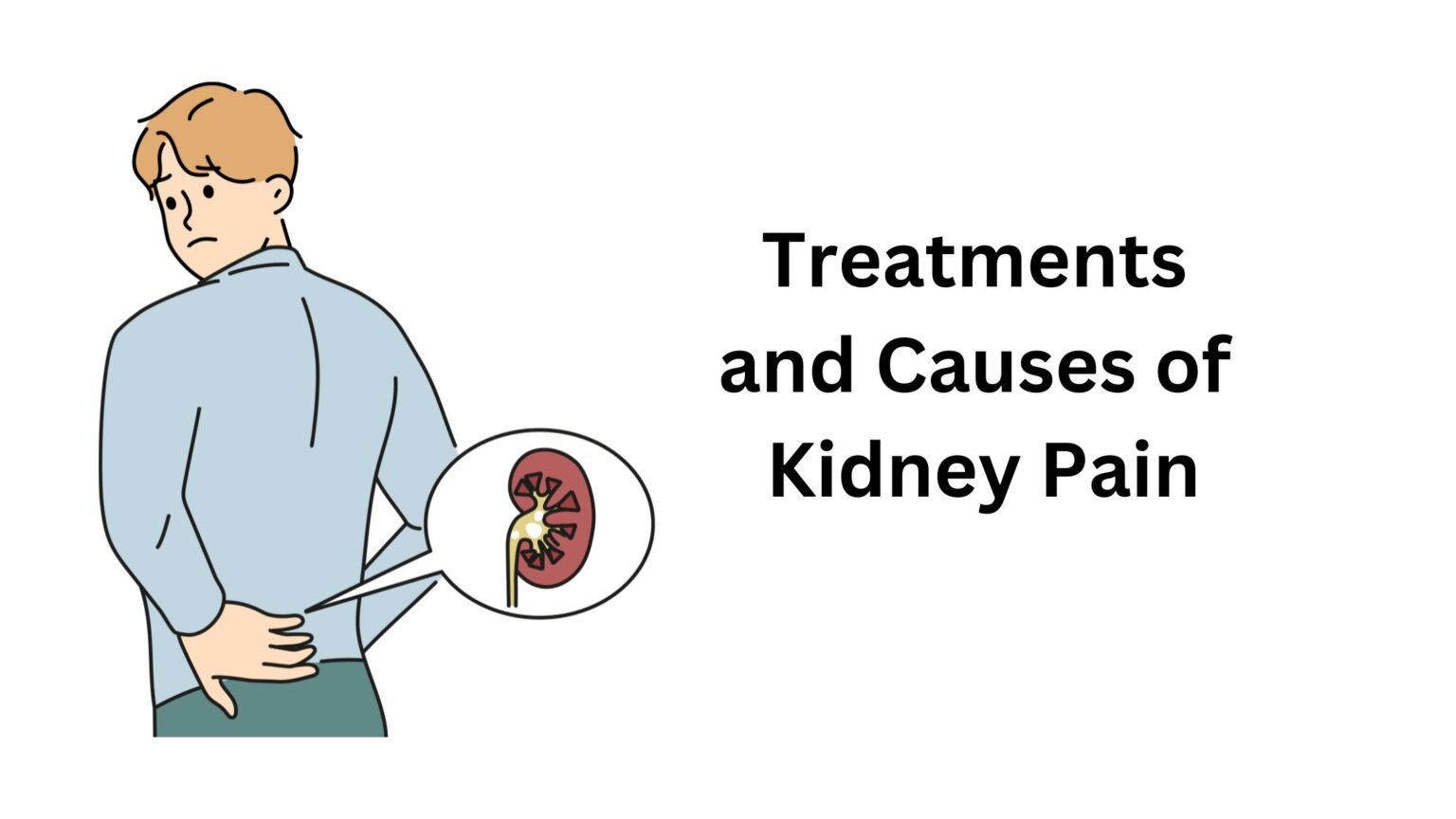If you’re wondering how to relieve kidney pain, it’s important to first understand what might be causing it. Research shows that discomfort in your back—particularly between your ribs and hips or radiating to your groin—can indicate kidney issues. While such pain isn’t always kidney-related, it’s crucial to consult a healthcare provider to rule out serious conditions. Your doctor can help determine the cause and suggest effective ways to relieve kidney pain based on your diagnosis.
Relieving Kidney Pain
How to Relieve Kidney Pain Naturally
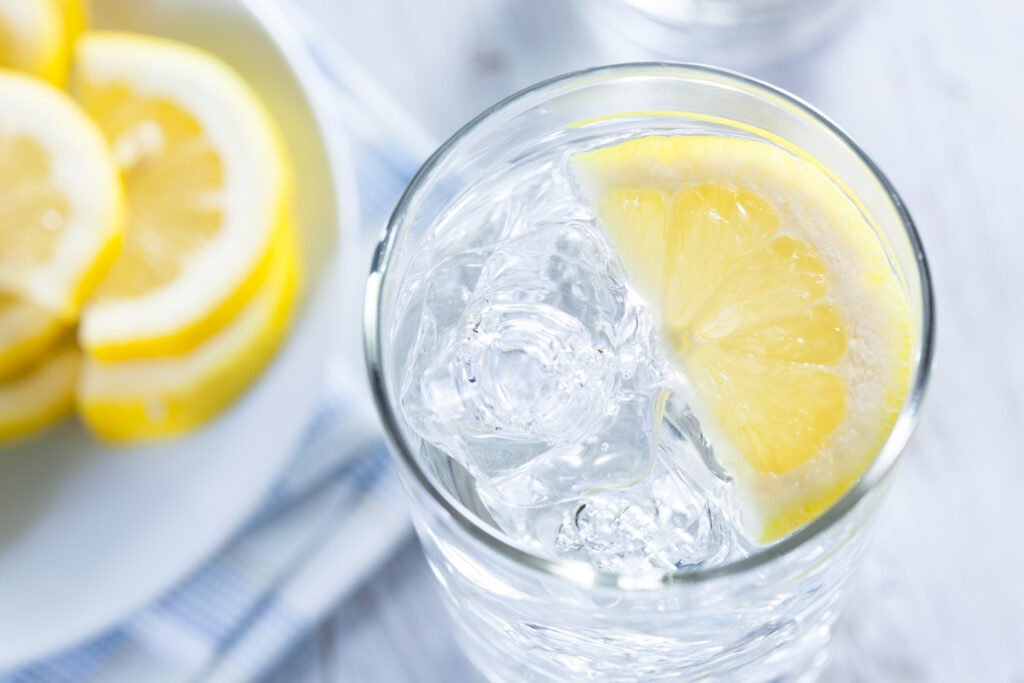
This is the single most important thing to relieve kidney pain. You should drink between two to three liters of water per day when healthy, but you may need more to help you pass kidney stones. Water helps wash away bacteria and dead tissues from the kidney. Stagnant urine is an excellent medium for bacterial growth. By drinking plenty of water, you can create a continuous flow of water through the kidney which prevents bacteria from growing and multiplying.
- A small kidney stone (<4 mm) may also be passed spontaneously with urine if the flow is adequate.
- Limit your intake of coffee, tea, and cola to one to two cups per day.
Hydration Tips on How to Relieve Kidney Pain
Sometimes bed rest can be helpful in reducing pain. If your pain is caused by a kidney stone or kidney injury, excessive movement or exercise could cause your kidney to bleed.
- Lying on your side could aggravate your kidney pain.
Apply heat to reduce the pain

One simple method for how to relieve kidney pain is by applying a hot pad or warm cloth to the affected area. The heat helps boost blood circulation and dulls nerve sensitivity, both of which can ease discomfort. If your kidney pain is related to muscle spasms, this is often an effective remedy to try at home..
- Do not apply too much heat, as this could cause burns. Use a heating pad, soak in a hot bath, or use a cloth that’s been soaked in hot (but not boiling) water.
Use analgesic medications
Another common suggestion for how to relieve kidney pain is the use of over-the-counter painkillers. Medications like acetaminophen or paracetamol are frequently recommended for easing discomfort caused by infections or kidney stones. However, it’s essential to consult your doctor before using any pain relief medication, as certain drugs may worsen kidney function or interact with existing health conditions.
- Do not take high-dose aspirin. Aspirin can increase the risk of bleeding and can worsen any vascular obstruction, like a kidney stone.
- NSAIDs can be dangerous if you have decreased kidney function. Do not take ibuprofen or naproxen if you already have a kidney condition, unless it’s recommended by your doctor.
Consult with your doctor about antibiotics
Antibiotics should be used if you have any kind of urinary tract infection. Kidney stones can cause stagnant urine to get backed up in the kidney, which in turn causes bacterial growth and may lead to an infection. If this is the case, your doctor will prescribe you with an antibiotic.
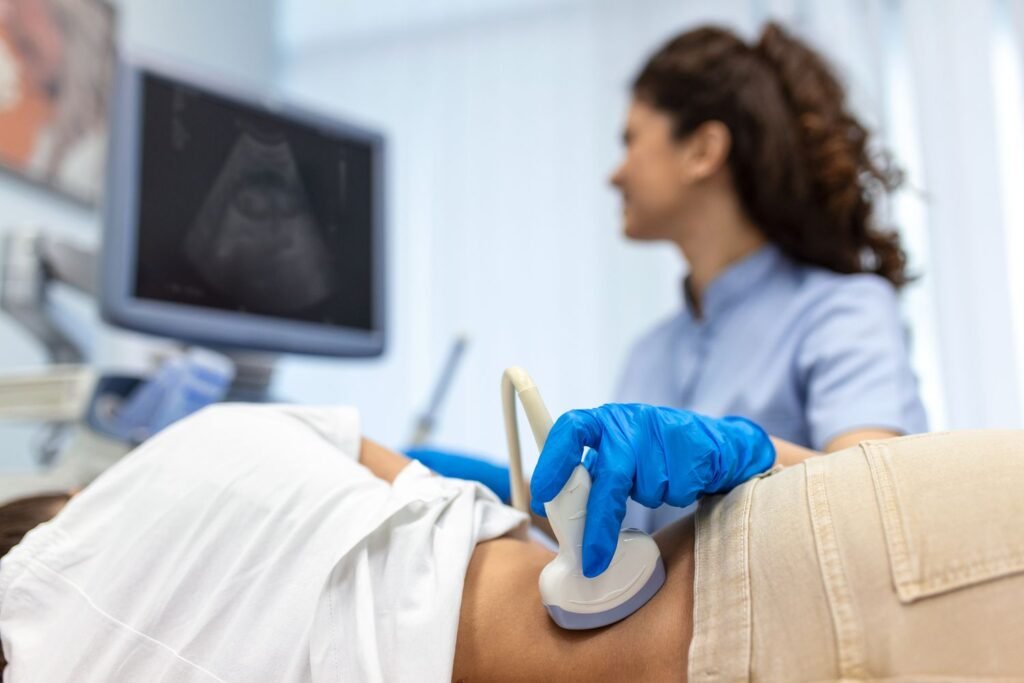
- Common antibiotics used in this type of infection are trimethoprim, nitrofurantoin, ciprofloxacin, and cefalexin. In mild to moderate infection, men should be treated for 10 days while women should be treated for three days.
- Always take the full course of antibiotics prescribed to you, even if you begin to feel better and your symptoms disappear.
Avoid excess vitamin C
Vitamin C is generally helpful to the human body; particularly when it comes to the healing of wounds and bone formation. However, excess vitamin C gets converted to oxalate in the kidney. This oxalate can then turn into a stone, so avoid getting excess vitamin C if you are prone to developing kidney stones, or have a history of stones in your family.
- People who are prone to developing calcium oxalate stones should limit their consumption of oxalate-rich foods such as beets, chocolate, coffee, cola, nuts, parsley, peanuts, rhubarb, spinach, strawberries, tea, and wheat bran.
Drink cranberry juice regularly
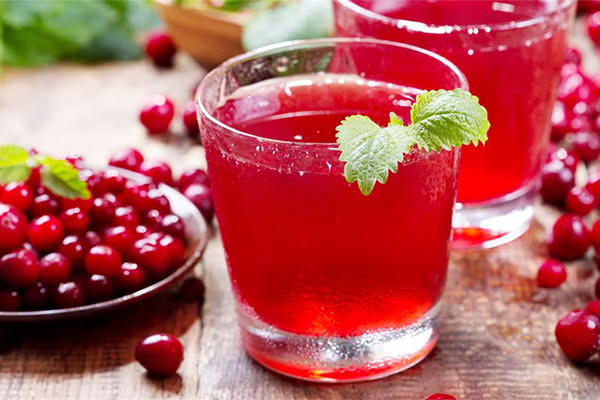
Cranberry juice is an amazing natural remedy for kidney and urinary tract infections. It starts to act within eight hours of consumption by preventing bacteria from increasing and colonizing. It also helps to dissolve struvite and brushite kidney stones.
- Avoid cranberry juice if you have an oxalate stone, as it contains significant amounts of vitamin C and is high in oxalates.
Knowing What Causes Kidney Pain
See a doctor if you think you may have a kidney infection or pyelonephritis
Kidney infection begins as a urinary tract infection and progresses to your kidneys. It can cause permanent damage to the kidneys if it’s not treated promptly. One or both kidneys may be infected, causing a deep, dull pain in the abdomen, back, side, or groin. If you have the following symptoms, seek medical attention as soon as possible:
- Fever, possibly with chills
- Frequent urination
- A strong and persistent urge to urinate
- Burning or pain while urinating
- Pus or blood in the urine (may be red or brownish)
- Foul-smelling or cloudy urine
- Seek emergency medical attention if you have these symptoms combined with nausea and vomiting
Talk to a doctor if you think you have kidney stones
Kidney stones are one of the main causes of kidney pain. The pain starts when the kidney tries to get rid of the stone and has a problem doing so. This sort of pain generally comes in waves.
- Kidney stones often manifest in sudden, extreme pain in the lower back, side, groin, or abdomen.
- Kidney stones may also cause other symptoms, including pain in the penis or testicles, difficulty urinating, or a frequent, urgent need to urinate.
Go to the emergency room if you think your kidney may be bleeding
The bleeding could be caused by trauma, disease, or drugs. Some bleeding disorders may lead to blood clot formation in the kidney. When the clot impairs blood supply to any part of the kidney, the pain starts. This sort of pain also comes in waves but is generally felt in the flank. The flank is located between the upper belly area and the back. Other symptoms of kidney injury include:
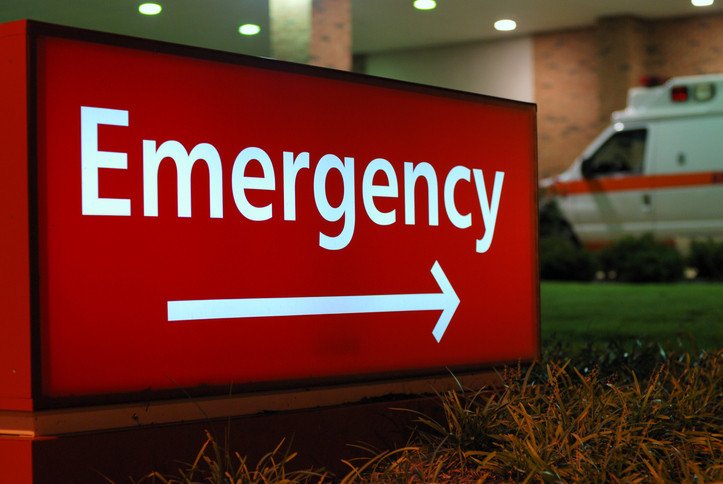
- Abdominal pain or swelling
- Blood in the urine
- Drowsiness or sleepiness
- Fever
- Decreased urination or difficulty urinating
- Increased heart rate
- Nausea and vomiting
- Sweating
- Cool, clammy skin
